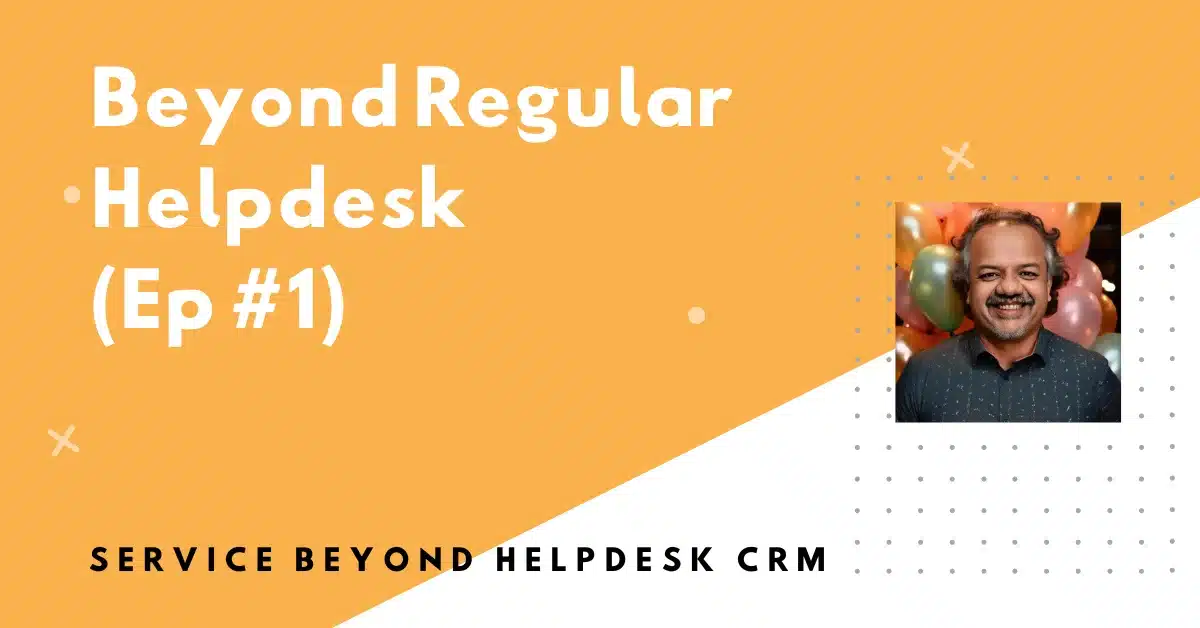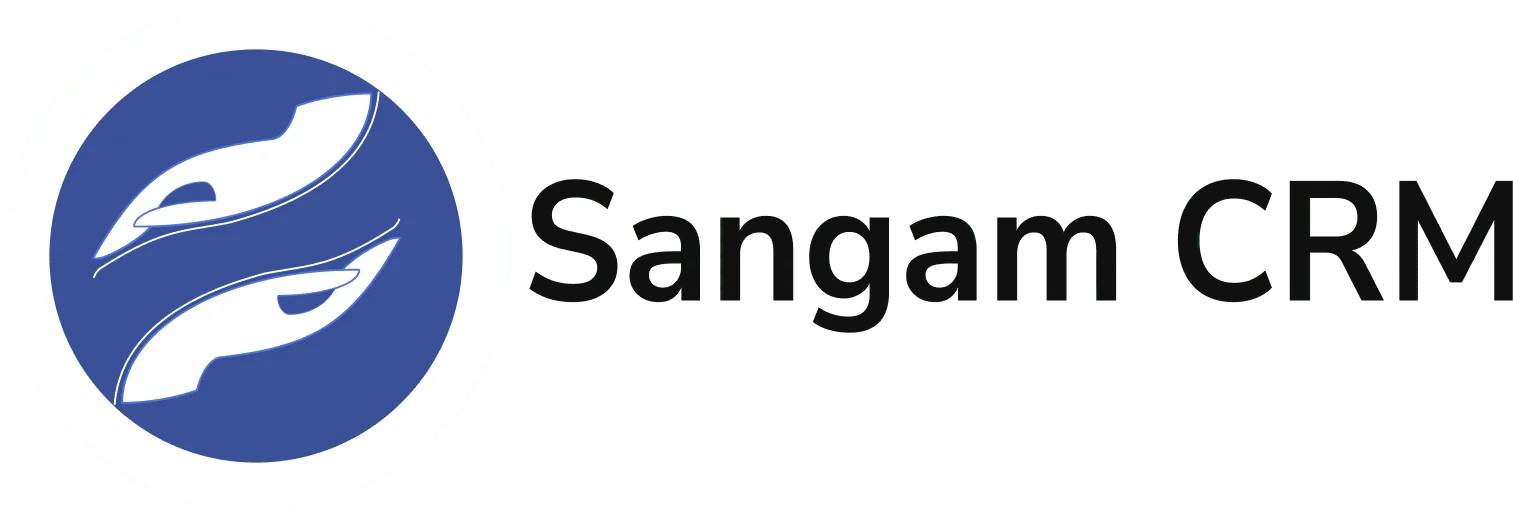
As the first part of this in-depth series on Customer Service, I will explore the world of Helpdesk CRM. In the last 15 years, I have learned much about customer service and CRM.
I will share the lessons, one article at a time, over the upcoming weeks. I’m excited to embark on this journey with you.
Contrary to popular belief, CRM is about more than just Sales. Mature and modern CRM systems are comprehensive, encompassing a wide range of functionalities, including robust helpdesks, customer support, and complete back-office features.
This comprehensive approach ensures that all aspects of customer service are effectively managed, providing you with a complete understanding of your customer base.
Regarding Sangam CRM, you can rest assured that the subscription pricing is transparent. With Sangam CRM, you get everything you need, from all the modules and add-ons to seamless integrations and powerful helpdesk functionality.
Interestingly, the helpdesk is just the tip of the iceberg of the tech stack required for effectively managing customer service.
Let us explore different customer support stack components in any modern CRM system, such as Sangam CRM.
The ticketing system, also known as complaint management, incidence management, or service desk, is the primary means through which customers contact you for support. It includes integration with various communication mediums, such as Calls, Emails, SMS, WhatsApp, a Web portal, and a Customer App.
Product Warranty/Guarantee: While CRM systems do not have inventory features, they can help you manage product warranty details. Also, this is well integrated with tickets. The key field here is the product serial number.
Contracts: Most manufacturing and service companies (including IT companies) enter into contracts with their customers to provide services.
SLA (Service Level Agreement): This is the helpdesk CRM system’s automation and workflow feature. It is a must if you have enterprise customers. There are two types of SLA: internal and external. External SLA is what you promise to your customers; internal SLA is how you work internally (so that you can deliver your promises to your customers).
Feedback: Customer feedback is a crucial element in determining satisfaction with your products and services. It provides valuable insights that can be used to improve and enhance the customer experience.
Automations & Workflows: Automations help reduce manual work and get things done automatically. They may change some status or notify customers about the service status.
Integrations: Any modern CRM should have integration capabilities, either using APIs or ready-made connectors. Integrations with tools like Zapier and Pably help CRM integration with almost anything.
Communications: Helpdesk without integrated or built-in communication channels like calls, SMS, emails, WhatsApp, etc.
Helpdesk for Pre-Sales: Your sales process often involves technical and sales team members. This may be for technical discussions/evaluations, POC (Proof of concept) deployment, Demos, etc.
Renewals and Subscriptions: The Contracts Module in the helpdesk CRM can also manage your subscription or renewal business.
Customer App/Portal: Sangam CRM has built-in Customer App/portal capabilities, which customers can use to log tickets and track status.
Tracking Projects: Many products require installation, commissioning or deployment by experts, which may involve internal and external teams from the seller’s side.
Reports & Analysis: What you cannot measure, you cannot manage. Sangam CRM offers a unique OPR Dashboard. A flexible and powerful report creator lets you create any kind of report.
AI in the helpdesk: AI is a universal trend that cannot be ignored. It’s not just about serving customers efficiently and automating tasks. AI can also be a powerful tool for detailed analyses and predictions, opening up new possibilities for customer service. The future of customer service is here, and it’s exciting.
WhatsApp Chatbots & Helpdesk: Chatbots (not just Whatsapp chatbots but also in-app chatbots) are revolutionizing customer support. With AI, chatbots are becoming increasingly human.
BI & Data Visualisation: In today’s world, Data Visualization and Business Intelligence are not just features. They’re becoming products in their own right. This shift means that instead of creating BI features within the Helpdesk CRM, it’s more beneficial to integrate CRM with popular BI tools. This approach ensures you always use the most advanced and up-to-date data analysis and business intelligence tools.
In-house Service Desk: Many larger and mid-size companies have internal service desks to serve their employees. For example, it may have 500 employees and 15 service departments (IT, HR, Software, Housekeeping, Catering, cleaning, AC, etc.). Now, when any of these 500 employees need help regarding the above departments, they use an internal service desk (like Sangam CRM).
Bugs (or feature) Management: Generally, Software companies use this the most. They need to manage bugs and feature releases for product management. The bugs module is related to the Tickets Module. While the customer support team uses the tickets module, they create bugs that are assigned to the developer’s team.
Visit Tracking: Check-in and Check-out for field staff visiting clients to resolve tickets. This also includes expense management.
Preventive Maintenance Services: Some service companies also provide preventive visits to maintain or service the equipment they sell. This is generally covered in the Contract Module automation.
Service Report: In many cases, complete paperless work is not possible. So, the helpdesk CRM has to provide functionality to print the service reports, which the clients can sign, then scan and upload to the CRM system.
Contract Automation: Contract automation is the primary basis of contract management. This includes automated opportunity creation upon contract expiration, Creation of PMS (preventive Maintenance Service) Tickets, Feedback requests and many more.
In the upcoming weeks, I will publish articles on each of the above topics. I will make an effort to share my experiences and lessons from the last 15 years.
Sangam CRM: The Most Flexible Helpdesk Management CRM
Empowering Helpdesk Teams, Customer Support Centers, and Service Desks with Cutting-Edge Helpdesk CRM Software


